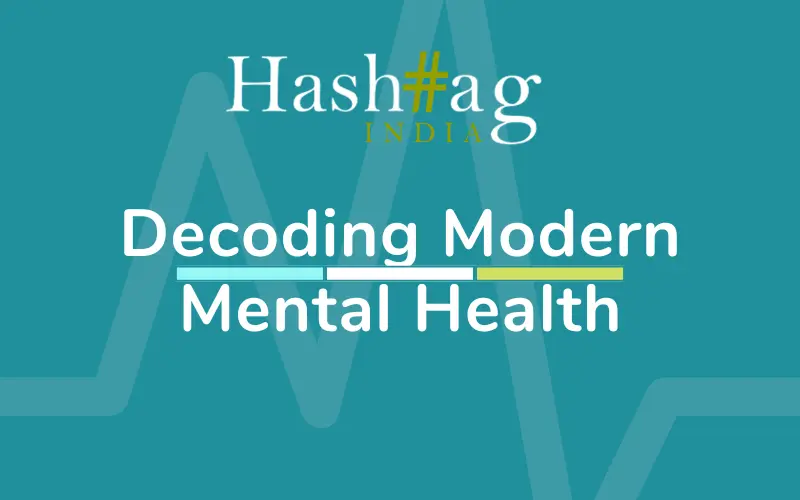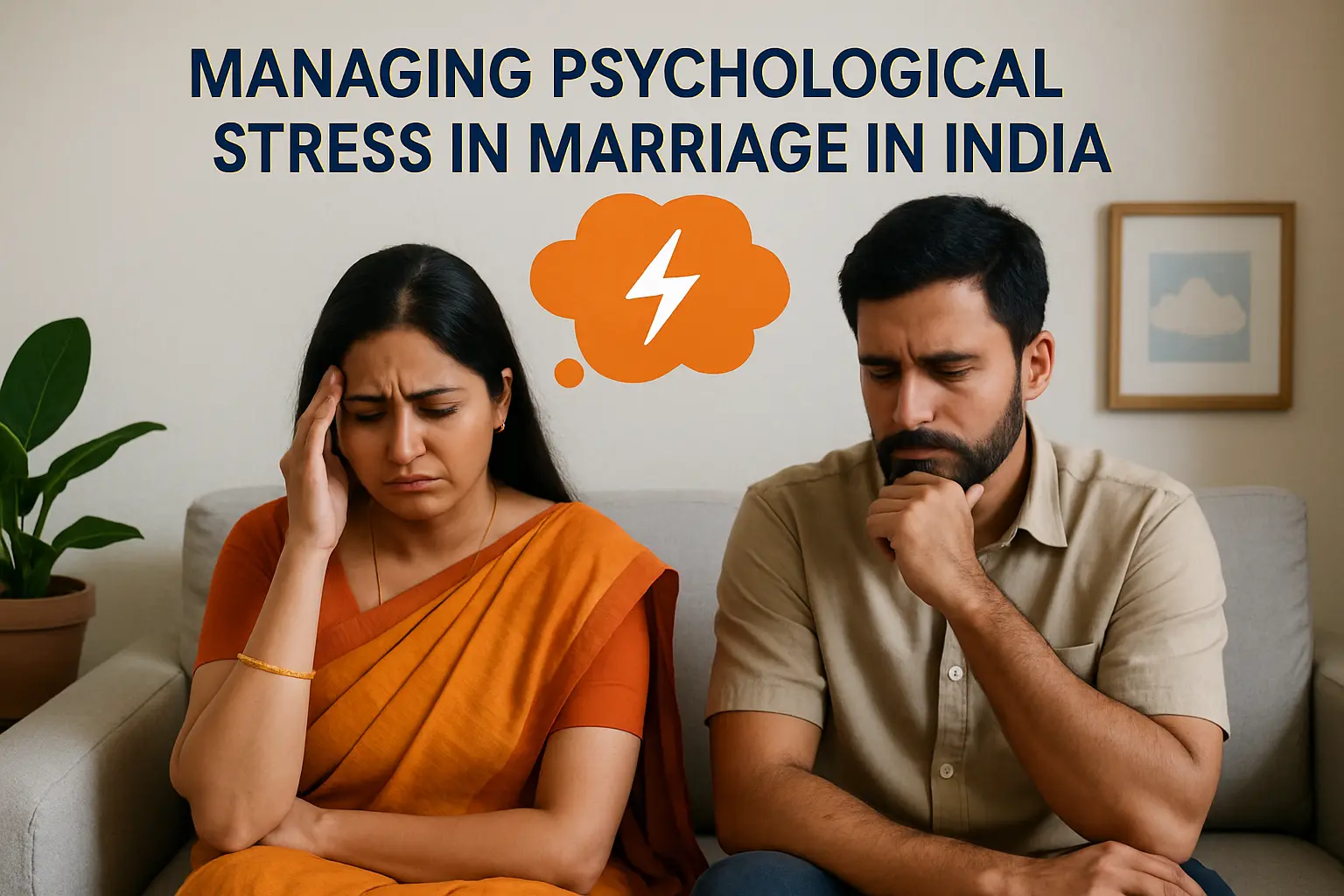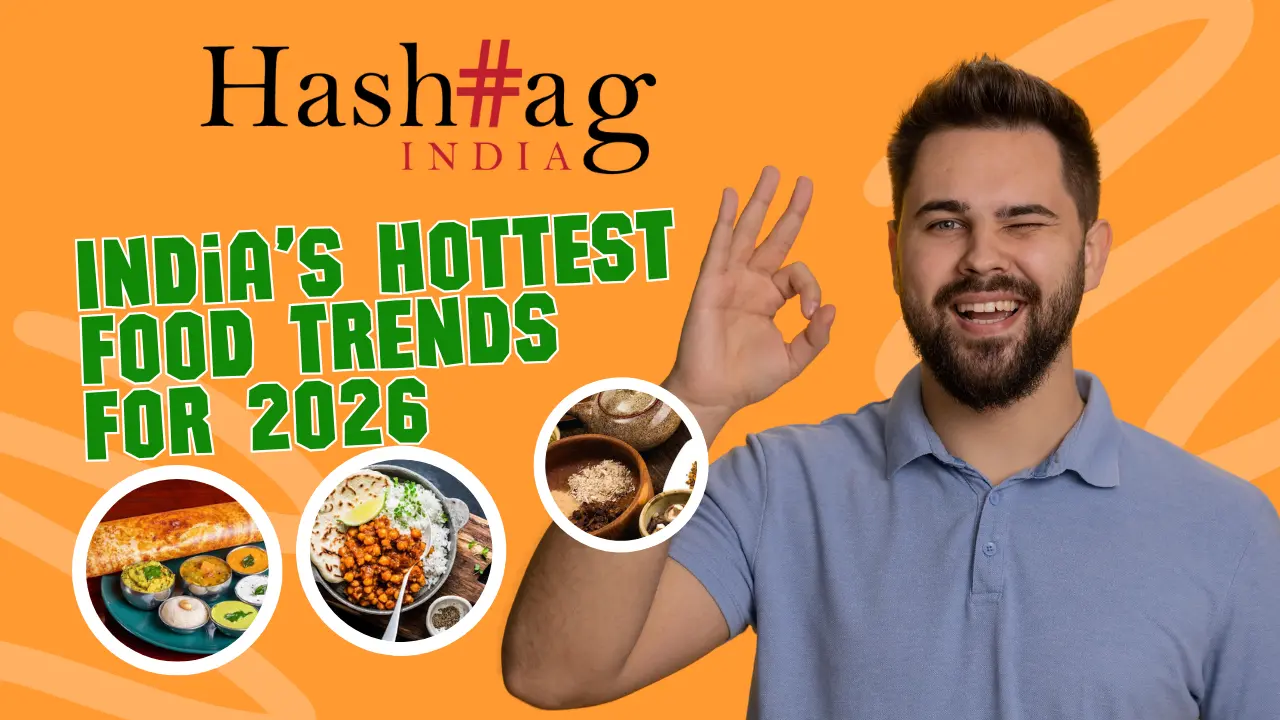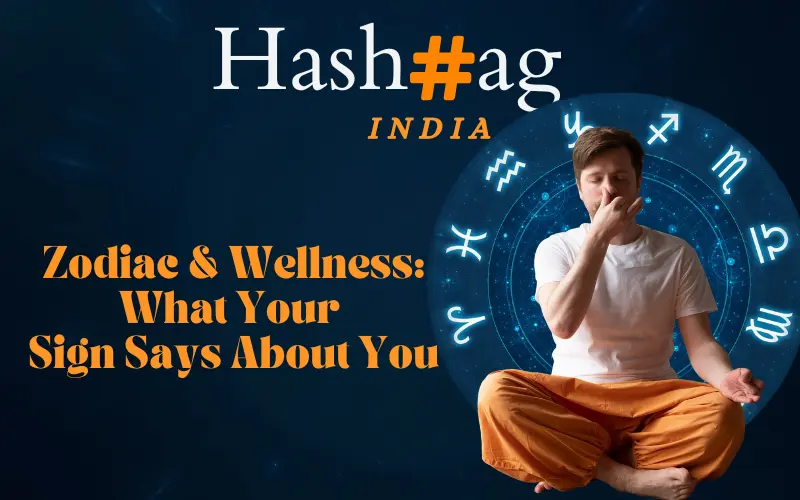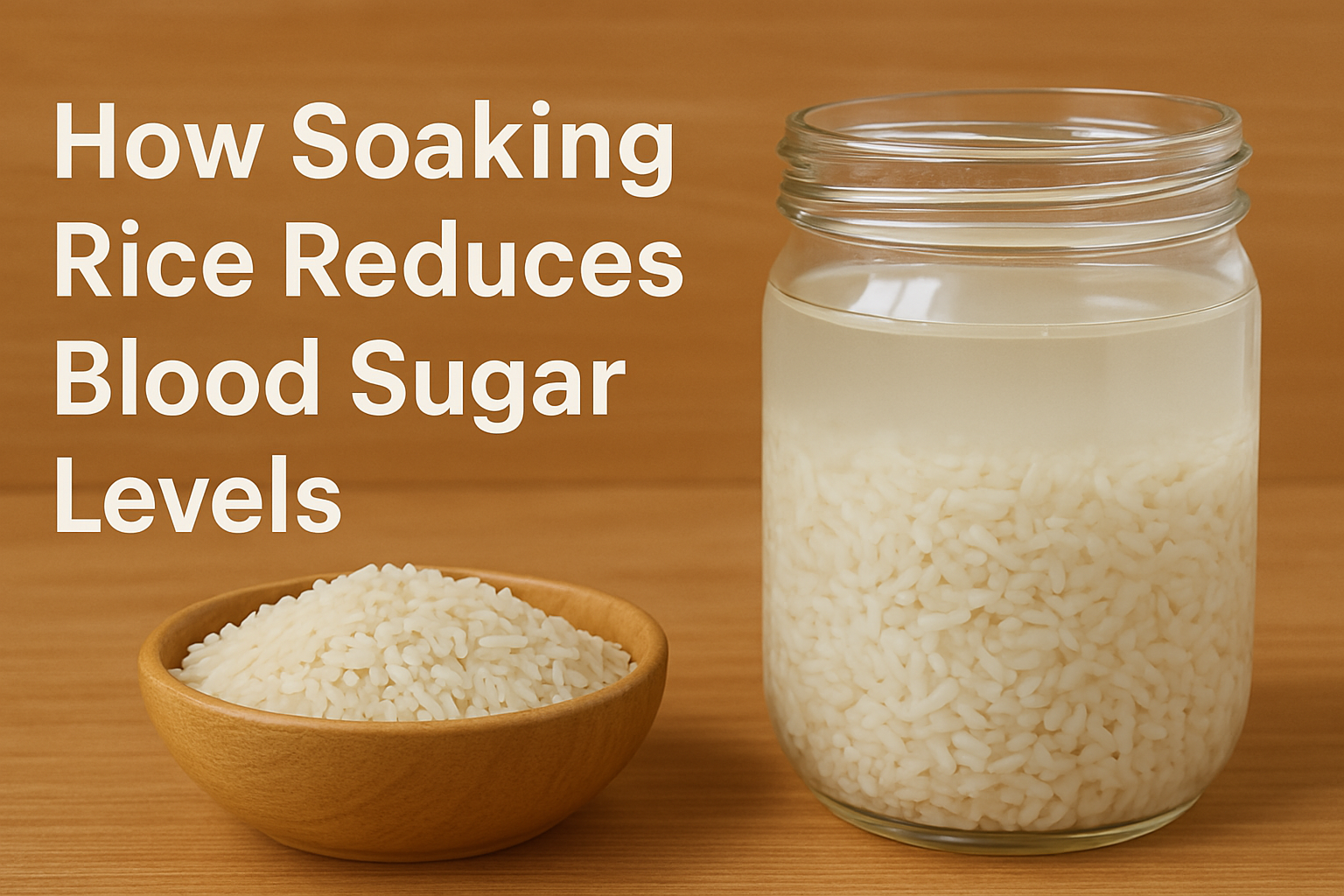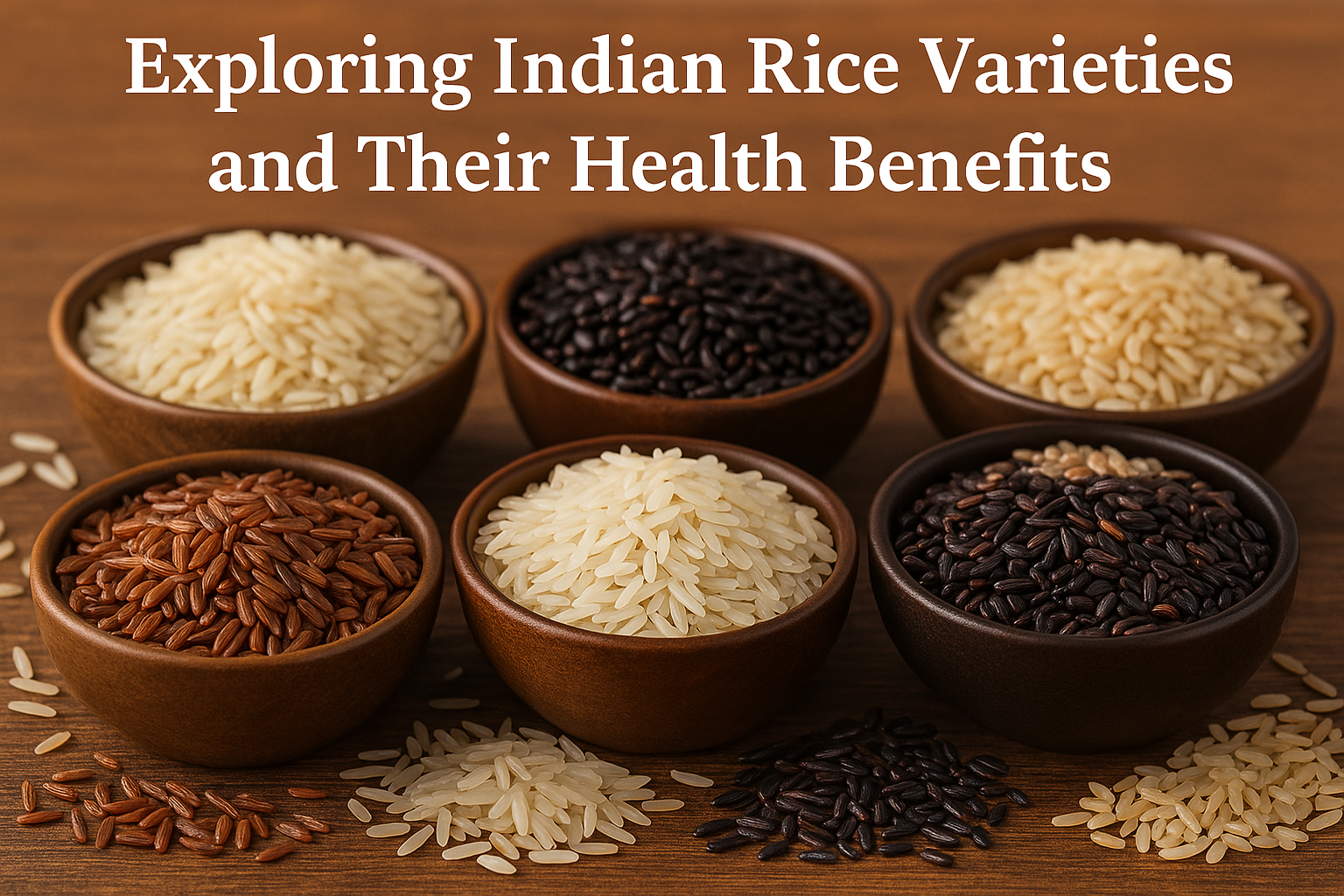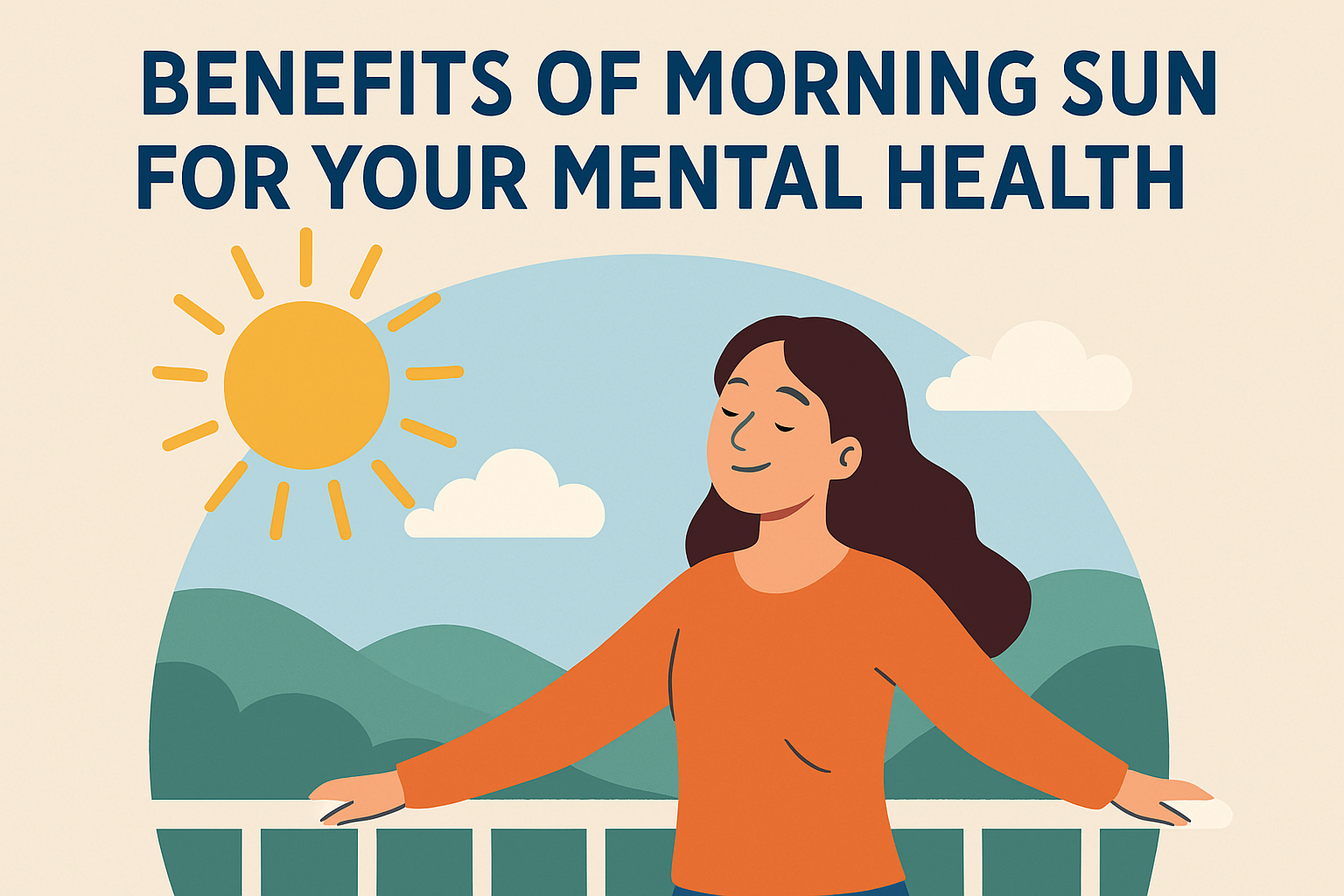Dt. Vaishnavi Satheesh explains all about menstrual cramps and how it can be treated…
FIRST MENSTRUATION
Anything that happens for the first time holds special place in our thoughts. Similarly, a girl’s first period, usually experienced between the age of 12 and 15, is an important time in her life and this is referred to as menarche in the medical term. In recent times, we’ve come across a lot of young girls below the age of 12 attaining puberty. This is quite normal now as our lifestyles and food habits have changed drastically in the recent years. Consumption of junk food and irregular meal patterns tend our body to imbalance its hormones at times, making it exhibit it in a weird way.

MENSTRUAL CRAMPS
Menstruation is normally associated with cramps that are very common. Kids who attain puberty in their early stages of life, probably below 12, typically experience these cramps. But there are many younger people who experience wild cramps during their menses too, thus showing that age is not the actual reason behind the pain. Menstrual cramps are very common in many of our lives, so, what are these cramps and why are they caused? Let’s take a look.
Menstrual cramps are the pain in the lower abdomen that is caused due to the contractions of the uterus. During her cycle, the girls’ uterus contracts to expel the unneeded contents through cervix and vagina. This contraction may cause pain, which could sometimes be unbearable.
TYPES OF MENSTRUAL PAINS
Period pains are generally categorised into two types—primary and secondary pains. Primary dysmenorrhea is a type of pain that a girl experiences before and during her menstrual cycle. The secondary pain is the pain that occurs after the menstrual cycle, due to certain underlying conditions. The menstrual cramps usually start on the first day of the menses or may be a few days before bleeding starts. It lasts for 48 – 72 hours, or sometimes even longer, and it may become unbearable when the flow is heavy. Severe cramps can be experienced on one side of the abdomen, which may be a sign of ovarian torsion. Ovarian torsion may happen when an ovary becomes twisted around the ligament that surrounds it or even the fallopian tubes get a small twist. This may increase the severity of the pain and may worsen the condition. Hence, this condition should be intimated and treated with professional help.
Diet plays an important role in the treatment of menstrual cramps. An ideal diet for menstrual cramp relief consists of minimal processed foods, more fibre and plants, and an increase in magnesium-rich foods.
CAUSES OF PERIOD PAIN
Although there are many causes for menstrual cramps, the major reasons are listed below. In general, as discussed above, cramps are the results of the uterus contractions that may cut off the oxygen supply to the tissues of the organ. This situation may release certain chemicals that trigger pain. While there is a release of pain triggering chemicals, there is also an increase in certain chemicals like prostaglandins, which will again increase the intensity of the pain. Sometimes, these cramps are the results of certain underlying medical causes like:
- ENDOMETRIOSIS: The cells that line the womb may grow in other parts of the reproductive system like ovaries and fallopian tube. These cells produce intense pain when they shed.
- FIBROIDS: Fibroids are non–cancerous tumours that can grow in and around the womb and may make your periods pain worse. This condition usually never cause symptoms but produces intense pains and abnormal menstruation.
- PELVIC–INFLAMMATORY DISEASE: Severe inflammation of the womb cells due to the infection caused by sexually transmitted bacteria may increase your pain intensity, as it puts pressure in your reproductive organs.
- ADENOMYOSIS: It is medical condition where the cells in the outer part start growing within the womb, making your periods painful.
- PRE-MENSTRUAL SYNDROME: It is the medical condition that is caused by the changes in hormones that occur one or two weeks before menstruation. The person will be back to normal after the onset of the bleeding.
- CERVICAL STENOSIS: This is a rare condition in which the cervix is very small or narrow, causing the flow to become very slow, thus increasing the pressure inside the uterus and resulting in pain.
Sometimes the pain is also experienced when there is a use of contraceptives or birth control devices, especially the Intra-uterine Device (IUD). IUD is a device that is made from copper and plastic, which is fitted inside the womb to control birth. People with this device often experience pain during the first few months after insertion. There may also be a change in the cycle pattern and it is always associated with irregular periods, bleeding in between periods, thick or foul smelling vaginal discharge and pain during sex.

HORMONES INVOLVED
During menstrual cycle, there is a common interaction between several hormones. The major hormone that is involved is prostaglandins. These prostaglandins are produced by the lining of the uterus, aiding in contraction, and is generally painful. Increase in the amount of prostaglandins secretion causes an increase in the intensity of pain.
The major female reproductive hormone, estrogen drops during the menstrual cycle. However, there are ups and downs in their levels during perimenopause. When the estrogen levels rise, the cycle becomes erratic, causing abdominal cramps with heavy periods and tender breasts.
TREATMENT FOR MENSTRUAL CRAMPS
- Often over the counter medicines like Ibuprofen and Naproxen aids in the relief of menstrual cramps when taken in advance. These drugs lower the prostaglandins which in turn reduce menstrual cramps.
- Applying heat over the areas may ease the pain to some extent. A heating pad is helpful in preventing the pain from worsening. Studies have reported that this practice of applying heat is as effective as the pain killer ibuprofen.
- Practicing yoga poses may ease cramps. It is always better to seek help by an expert in learning the yoga poses thoroughly. It can be practiced during or between the periods, but some experts forbid girls from doing inverted poses in the midst of menstrual flow, so as not to interfere in the regular flow.
- Massaging with certain aromatic essential oils may aid in the relief of the menstrual cramps. Some oils like lavender essential oil, clary sage oil and marjoram essential oil are found to be helpful.
The last and most important part is diet and exercise. Diet plays an important role in the treatment of menstrual cramps.
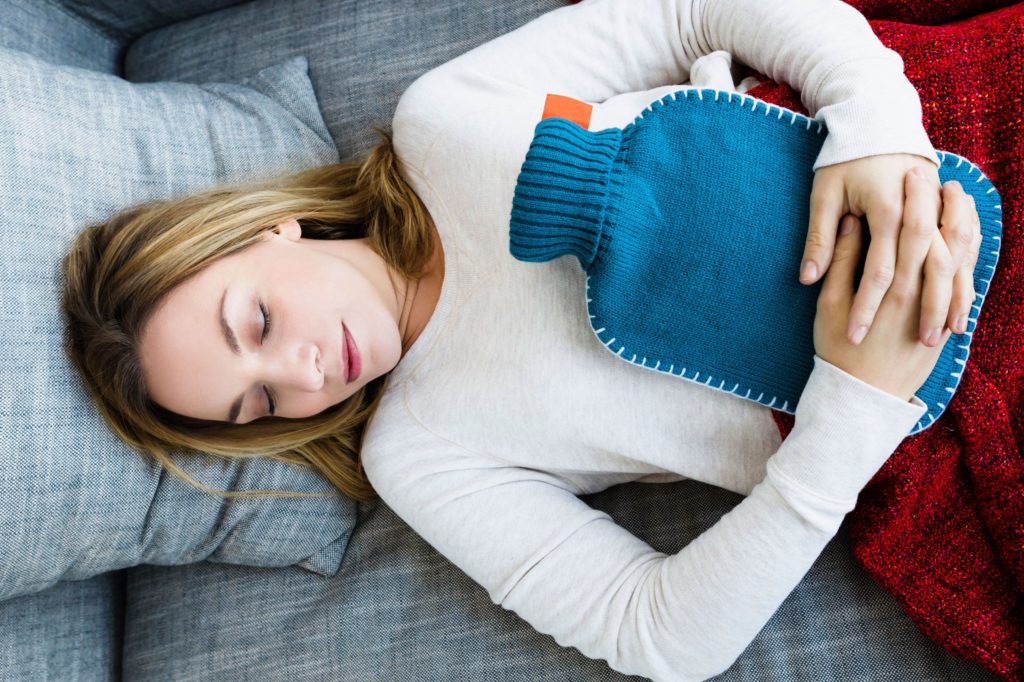
DIET AND MENSTRUAL CRAMPS
Generally, the ideal diet for menstrual cramps relief is minimal processed foods, more fibre and plants. Increase in magnesium in the diet eases pain. Foods rich in magnesium include almonds, spinach, yogurt and peanut butter. You may also seek professional help and take supplements to reduce the severity of menstrual cramps.
Reports suggest that a low fat vegetarian diet may ease the pain much easier than any other foods. Swapping less saturated fat with unsaturated fat like nuts and olive oil may improve the pain too.
Here are some foods that you can try when you experience menstrual cramps.
- Salmon fish to reduce the inflammation in the womb, thus reducing the cramps. Salmon fish is an excellent source of vitamin D and B6 which helps in the absorption of calcium, thereby helping in managing periods pain. The vitamin B6 can help with the breast tenderness and irritability that are commonly seen in people with cramps.
- Green leafy veggies are the powerhouse of nutrients and help you in overcoming the sluggish lethargic feeling that you experience during blood loss. Moreover, it helps in treating the iron loss that is commonly seen in younger generation.
- Brown rice and bananas are the best sources of vitamin B6 and potassium. These nutrients are known to be effective in treating menstrual cramps. Bananas are good for relieving the bloating feeling, which is very common among people with cramps. A smoothie with bananas, pineapples (bromelin) and kiwi (actinidin) is ideal to treat cramps.
- Peanuts and oats are delicious and nutritious and are packed with zinc and magnesium that aid in the release of menstrual pain. The magnesium relaxes the blood vessel and regulates the serotonin, which fights depression.
- Consuming herbal teas may ease the pain. For instance, chamomile tea and peppermint tea are recommended for quick relief of menstrual pain. Other spices or herbs that are generally associated in treating menstrual cramps include ginger, cinnamon, pycnogenol, dill and fennel seeds. Curcumin from turmeric is best for the relief of pre – menstrual syndrome. It is always best to consult the doctor before taking herbs for treatment. This is because the herbs also possess some medicinal values, which are to be duly noted.
- Improving your diet with calcium-rich foods like dairy products, sesame seeds, almonds and green leafy vegetables reduce menstrual cramps.
- Improve the water content in your body by including foods like cucumber, celery, watermelons, berries and lettuce.
While these are the major foods that you can try when you feel really disturbed with menstrual cramps, remember that a normal diet with all the essential nutrients is very much essential in maintaining a healthy reproductive life. However, certain conditions may worsen the situations causing cramps and much more.
Listed below are the foods that worsen period pain. Reducing these foods may alleviate the cramps.
- Highly processed foods
- Foods high in sodium
- Foods high in sugar
- Baked foods using refined products like pasta, white bread and so on
- Foods that cause bloating like cauliflower or Brussels sprouts
- Fatty foods
- Alcohol
- Caffeine
- Carbonated beverages
The average age of girls attaining puberty has reduced for 12-15 to below 12 owing to the change in lifestyle and unhealthy food habits of today’s generation.
WHEN TO SEE A DOCTOR
When your menstrual cramps are getting worse, it is always better to visit a doctor and ensure healthy and relaxed periods. Consult a doctor when there is
- Heavy bleeding
- Irregular bleeding
- Bleeding lasts longer than seven days
- Spotting or bleeding in between periods
- Bleeding after menopause
- Bleeding after sex
- Pain that does not get relieved from over-the-counter medicines.
In short, making a wise change in your lifestyle and dietary pattern can protect you from menstrual cramps. Although cramps are very common, it should be remembered that severity of pain should be reported to the doctor immediately. Hence, follow a food pattern that is healthy so as to have a healthy reproductive system.


